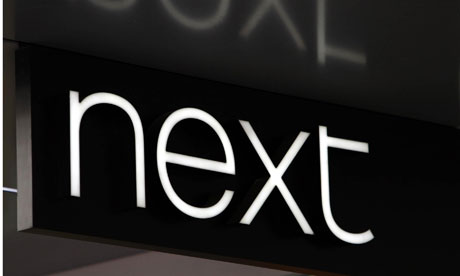
Sales at Next Directory – Next's online and catalogue business – passed £1bn last year and the rate of increase was 16%, twice the previous year's. By contrast, sales in Next's stores stood still at £2.1bn. If last year's growth rates were to compound for another five years, Next would be selling more outside its shops than within. In the online business, Next is streets ahead of its traditional high-street rivals.
Part of the explanation is that it started early: Directory was launched in 1988, well before the arrival of the internet in homes. Home shopping was part of Next's culture at the time via a mail order business called Grattan. As things turned out, Grattan had to be offloaded in 1991 in order to keep Next itself afloat but the logistical experience survived within the company. Rivals should be kicking themselves for failing to copy the format in the 1990s, since logistical skill, especially in handling returns, seems to be half the battle in selling clothes via the internet. Next reckons it can get a returned item in the hands of a new customer within a week, which is impressive.
How far can Directory go? Overseas is the place to look. Quietly, Next has launched web operations in 48 countries, including the US, Germany, Australia and Russia, and another 15 countries will be added this year, including China. The clothes are still dispatched to customers from distribution centres in the UK, which sounds a hellishly expensive way to sell to shoppers in Sydney or St Petersburg but is apparently cheaper than dispatching goods in bulk to a local depot. Chief executive Lord Wolfson says Directory Overseas will achieve profit margins of 20% this year.
In a group context, the overseas sales numbers are still tiny. But look at the rate of increase: £5m in year one, £10m in year two, and £33m last year. Wolfson has pencilled in £50m for this year, which could be his conservatism speaking, but the numbers in a decade or two's time are what counts. They are anybody's guess, but it's just possible that Next has caught the start of another new retailing trend.

